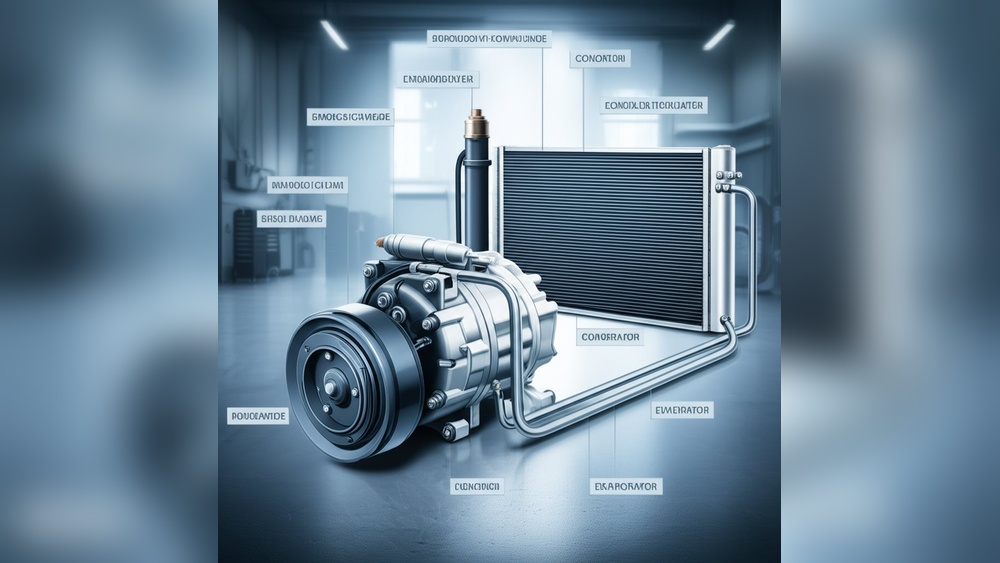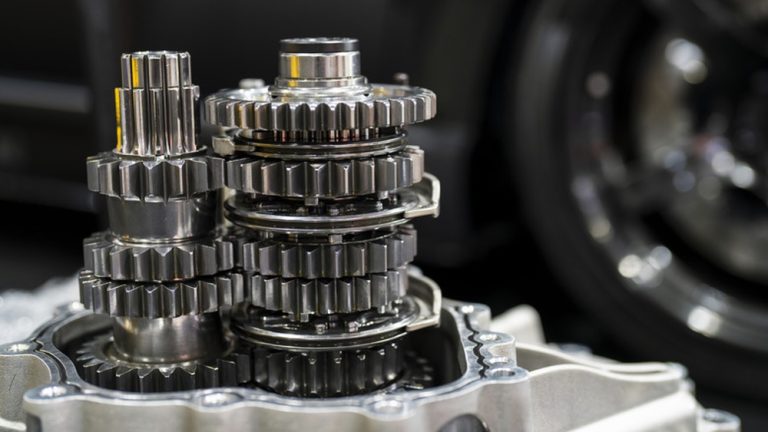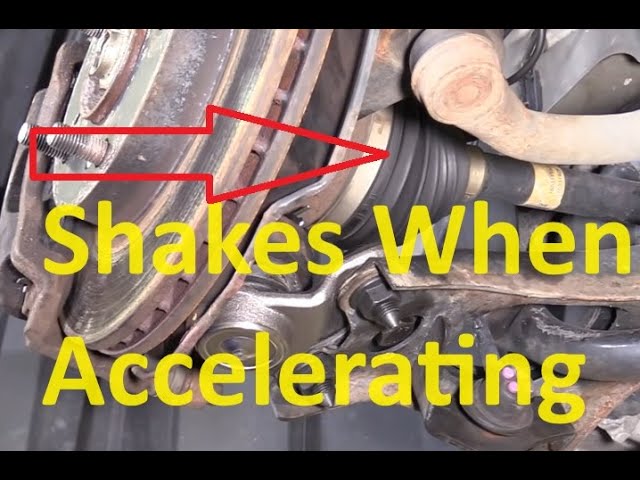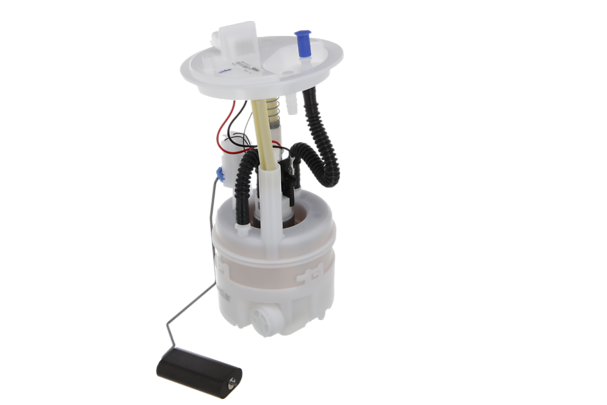How Motorcar Air Conditioning System Works: Ultimate Guide Explained
Have you ever wondered what keeps your car cool and comfortable on a hot day? Your motorcar’s air conditioning system is the hidden hero making that happen.
Understanding how it works can help you appreciate your vehicle more and even spot issues before they become costly. You’ll discover the simple steps behind the cooling magic inside your car. By the end, you’ll know exactly how your air conditioning system keeps you cool no matter how high the temperature climbs.
Keep reading—you might be surprised by what’s happening under your dashboard right now!
How Motorcar Air Conditioning System Works
Basic Components
The motorcar air conditioning system cools the air inside your vehicle. It uses several key parts to do this. Each component plays an important role. Understanding these parts helps you know how the system works.
These basic components work together to remove heat and moisture from the car’s interior. They keep the air fresh and cool, making your drive comfortable.
Compressor
The compressor pumps refrigerant through the system. It raises the pressure and temperature of the refrigerant gas. This part is driven by the car’s engine belt. Without the compressor, the air conditioning cannot start cooling.
Condenser
The condenser cools the hot, high-pressure refrigerant gas. It changes the gas into a liquid by releasing heat outside the car. Usually, it sits in front of the car’s radiator. The condenser helps to remove heat from the system efficiently.
Evaporator
The evaporator absorbs heat from the car’s cabin air. It turns the cold liquid refrigerant back into a gas. This process cools the air that blows into the car. The evaporator is inside the dashboard, hidden from view.
Expansion Valve
The expansion valve controls the flow of refrigerant into the evaporator. It lowers the pressure of the liquid refrigerant. This allows the refrigerant to evaporate and absorb heat. The valve keeps the system balanced and working smoothly.
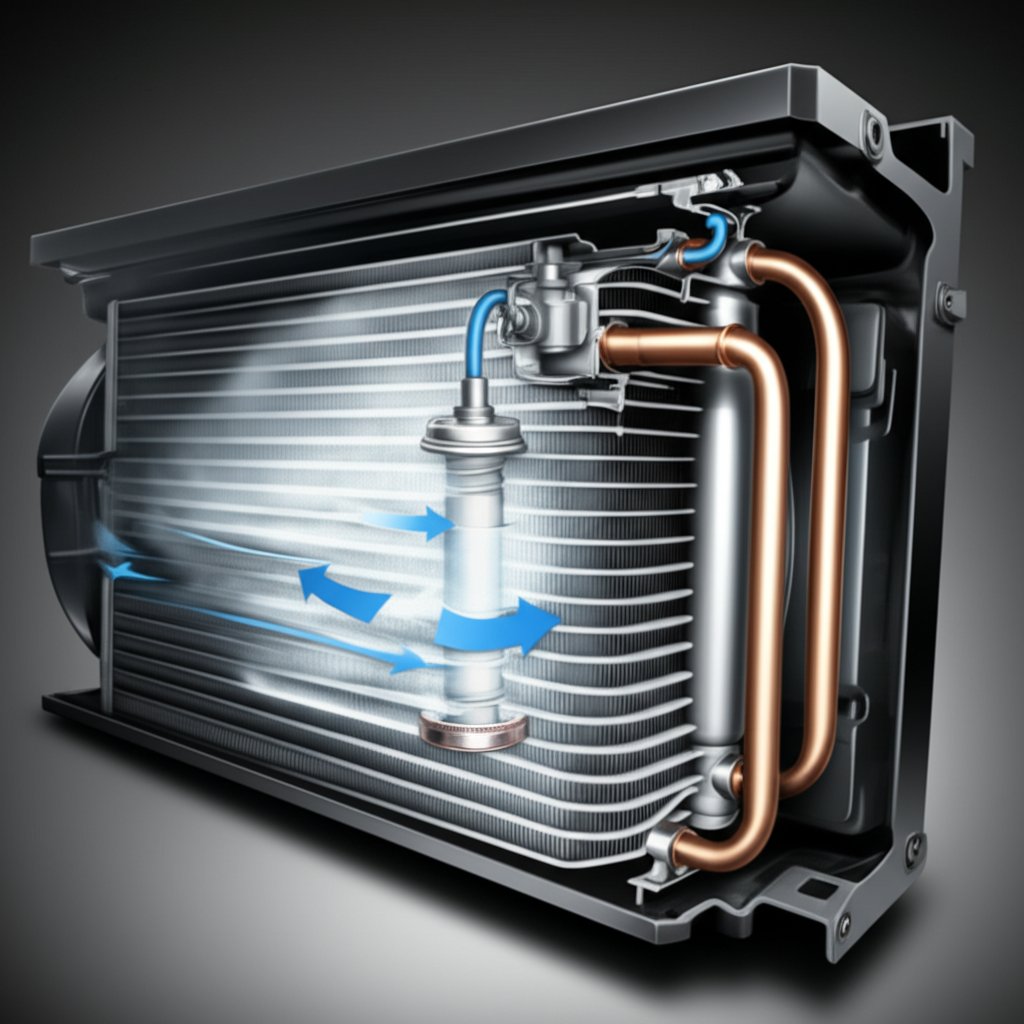
Credit: www.shao-yi.com
Cooling Cycle
The cooling cycle is the heart of a motorcar air conditioning system. It moves heat out of the car’s cabin to keep the inside cool and comfortable. This cycle uses a special fluid called refrigerant. The refrigerant flows through different parts, changing from liquid to gas and back. Each stage helps remove heat from the air inside the car.
Refrigerant Flow
The refrigerant starts as a low-pressure gas. It flows through tubes and parts in the air conditioning system. It absorbs heat from the car’s air. As it moves, the refrigerant changes state. This movement carries heat away from the cabin.
Heat Exchange Process
The refrigerant passes through the evaporator inside the car. Here, it absorbs heat from the warm air. This heat makes the refrigerant boil and turn into gas. The warm air loses heat and cools down. The cooled air then blows into the car’s cabin.
Read More :My Car Ac Works Intermittently Sometimes Cold Sometimes Warm: Quick Fixes & Tips
Compression And Expansion
The compressor squeezes the refrigerant gas, raising its pressure and temperature. Next, the hot gas moves to the condenser outside the car. It releases heat to the outside air and turns back into liquid. Then, the liquid refrigerant passes through an expansion valve. This valve lowers the pressure, cooling the refrigerant before it re-enters the evaporator.
Control Mechanisms
The control mechanisms in a motorcar air conditioning system manage temperature and airflow. They keep the cabin cool and comfortable. These parts work together to react to changes in temperature and pressure. This teamwork helps the system run smoothly and efficiently.
Thermostat Function
The thermostat senses the temperature inside the car. It tells the air conditioner when to start or stop cooling. If the cabin is too warm, the thermostat signals the system to turn on. When the desired temperature is reached, it turns the system off. This saves energy and keeps the car from getting too cold.
Pressure Switches
Pressure switches monitor the refrigerant pressure in the system. They protect the air conditioner from damage. If the pressure gets too high or too low, the switches stop the compressor. This prevents leaks or system failure. They help the system stay safe and last longer.
Fan Operation
The fan moves air across the air conditioner’s evaporator and condenser. It helps cool the air inside the car. The fan speed adjusts based on the cooling needs. Faster fan speeds mean more airflow and faster cooling. The fan also helps stop the system from overheating.
Read more: Car Won’t Start No Noise: Unravel Silent Engine Mysteries

Credit: www.curbsideclassic.com
Common Issues
Car air conditioning systems can face different problems over time. These issues affect cooling and comfort inside the vehicle. Knowing common problems helps with quick fixes and proper maintenance.
Leaks And Repairs
Leaks are the most common issue in car AC systems. Refrigerant escapes through small holes or cracks. This reduces cooling power quickly. Leaks often happen in hoses, seals, or the condenser. Finding leaks early stops bigger damage. Repair usually means replacing or sealing the damaged part. Regular checks prevent leaks from getting worse.
Compressor Failures
The compressor is the heart of the AC system. It pumps refrigerant to keep the air cold. If the compressor fails, the system stops working. Failures happen due to wear, lack of lubrication, or overheating. Signs include strange noises and warm air. Repairing a compressor is costly, often requiring replacement. Keeping the system clean and topped up helps prevent failure.
Electrical Problems
Electrical faults can stop the AC system from working. Faulty wiring, blown fuses, or bad switches cause issues. Sensors may also fail, sending wrong signals. These problems cause the compressor or fans to stop. Diagnosing electrical faults needs special tools. Simple fixes include replacing fuses or repairing wires. Regular inspection keeps electrical parts in good shape.
Maintenance Tips
Maintaining your car’s air conditioning system keeps it running smoothly. Proper care prevents costly repairs and ensures cool air inside your vehicle. Simple steps can extend the life of the system and improve comfort.
Regular Inspections
Check the air conditioning system regularly. Look for strange noises or leaks. Inspect hoses and belts for wear or damage. Early detection helps avoid bigger problems later. Schedule professional checks at least once a year.
Refrigerant Recharge
The refrigerant is key to cooling your car. Low levels reduce cooling power and cause strain on the system. Have a technician check and refill refrigerant when needed. Proper levels keep the air conditioning efficient and strong.
Filter Replacement
Replace the cabin air filter regularly. A dirty filter blocks airflow and reduces air quality. Clean filters improve cooling and remove dust and pollen. Follow the car maker’s guide for replacement intervals.
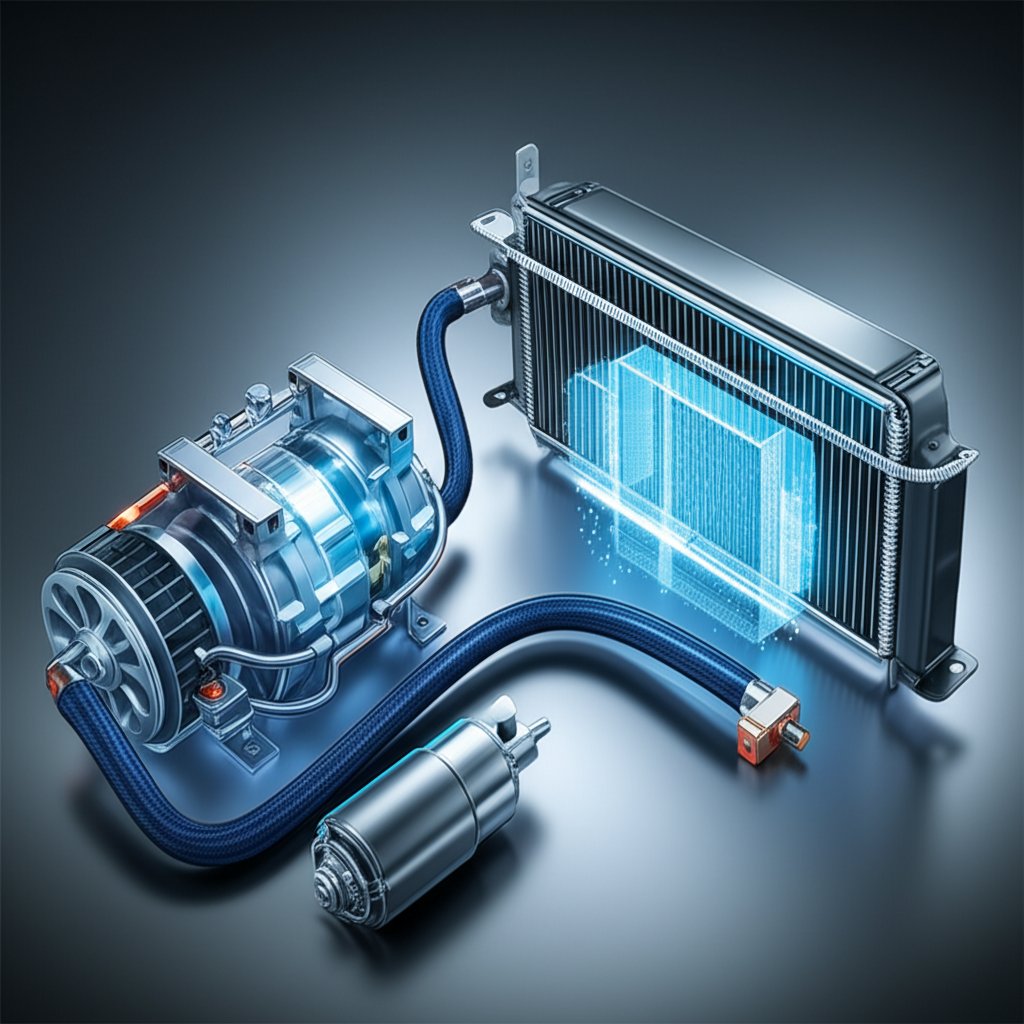
Credit: www.shao-yi.com
Frequently Asked Questions
How Does A Motorcar Air Conditioning System Cool The Air?
A motorcar AC uses a refrigerant that absorbs heat from inside the car and releases it outside.
What Are The Main Parts Of A Car Air Conditioning System?
The main parts are the compressor, condenser, expansion valve, and evaporator.
Why Is Regular Maintenance Important For Car Ac Systems?
Regular maintenance keeps the AC working well and prevents costly repairs.
Conclusion
Understanding how a motorcar air conditioning system works helps keep you comfortable. The system cools and removes moisture from the air inside the car. It uses key parts like the compressor, condenser, and evaporator to do this. Regular maintenance keeps the system running smoothly and extends its life.
Knowing these basics helps you spot issues early and save money. Stay cool on every ride by caring for your car’s air conditioner. Simple steps make a big difference. Keep your drives fresh and comfortable all year round.

